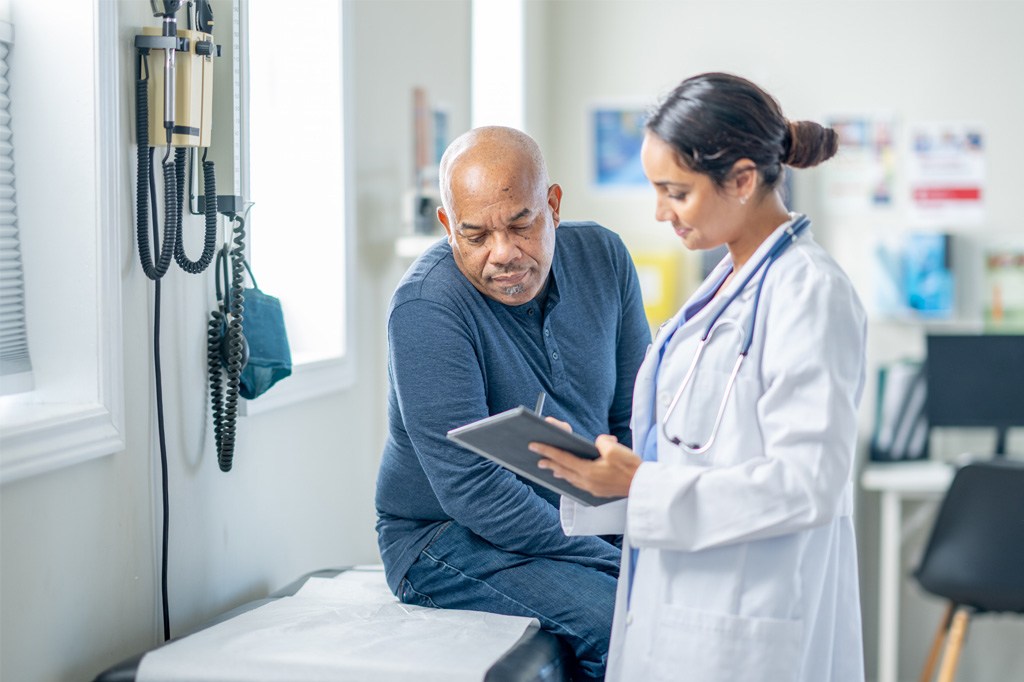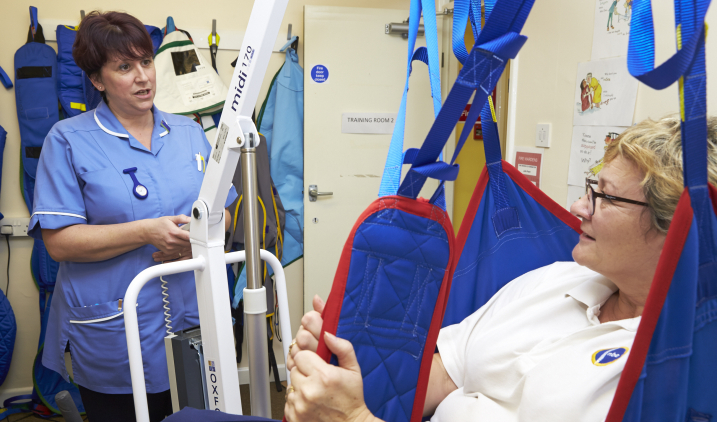The Growing Demand for Clinical Safety Officers in the Healthcare Industry
The Growing Demand for Clinical Safety Officers in the Healthcare Industry
Blog Article
Leading Responsibilities of a Medical Security Police Officer in Modern Healthcare
In the progressing landscape of modern-day healthcare, the function of a Professional Safety Policeman has actually come to be increasingly important. These specialists are tasked with systematically determining and taking care of clinical risks, yet their obligations prolong much past mere oversight. From developing extensive security methods to cultivating a society of safety within healthcare teams, their influence is profound. Moreover, as they browse the intricacies of governing conformity and team training, one have to consider how these efforts directly impact person care outcomes. What are the underlying difficulties they deal with in this multifaceted role, and how can they be effectively resolved?
Danger Assessment and Management

The CSO collaborates with multidisciplinary groups to collect data on events and near misses out on, promoting a society of transparency and continuous renovation. By examining patterns and trends, the CSO can recognize areas requiring treatment, eventually decreasing the likelihood of damaging events. The CSO makes certain compliance with governing requirements and standards, which offer to boost person safety and security and decrease obligation threats.
Effective interaction is vital; the CSO needs to convey danger searchings for to stakeholders, including medical care patients, suppliers, and managers. Furthermore, the CSO needs to remain abreast of emerging dangers related to brand-new technologies and treatment methods, adjusting risk administration methods as necessary. Ultimately, by fostering an atmosphere of positive threat monitoring, the Clinical Security Policeman adds dramatically to the total safety and quality of care delivered within healthcare settings.
Establishing Security Procedures

In collaboration with multidisciplinary teams, the Scientific Security Police officer assesses information from incident reports and risk assessments to inform procedure advancement. This includes establishing clear, actionable procedures for various situations, such as infection control, medicine administration, and emergency reaction. Guaranteeing that procedures are not only effective but also practical is important; they must be easily understood and incorporated right into everyday operations.
Additionally, the Medical Safety Officer continues to be upgraded on the most up to date improvements in security steps and healthcare modern technologies, adjusting procedures accordingly. Normal testimonials and updates of these procedures are required to guarantee they continue to be appropriate and effective in dealing with emerging threats. Eventually, strong safety and security protocols function as a structure for a culture of safety and security, promoting an environment where person care is prioritized and risks are methodically reduced.
Performing Training Procedure
While safety methods offer the structure for danger monitoring, carrying out effective training sessions is necessary to guarantee that all medical care personnel are proficient in these procedures. A Clinical Security Officer plays an essential role in establishing and implementing extensive training programs customized to the particular requirements of various teams within the medical care setting. This includes arranging workshops, workshops, and hands-on training that deal with present safety standards, emergency situation treatments, and the usage of safety devices.
In Addition, the Clinical Safety Policeman need to analyze the expertise gaps among employee, guaranteeing that training sessions are appropriate and appealing. Using a mix of educational approaches, such as interactive simulations and study, can boost understanding and retention. Clinical safety officer. Routinely scheduled training refreshers also boost personnel preparedness and versatility to progressing security procedures
Additionally, fostering a culture of safety within the company is crucial. The Professional Safety and security Police officer must motivate open dialogue and feedback throughout training sessions, enabling personnel to voice concerns and share experiences. Ultimately, well-conducted training sessions encourage health care experts to respond properly to possible dangers, fostering a more secure setting for both clients and staff.
Surveillance Conformity Criteria
Monitoring conformity requirements is integral to the duty of a Scientific Safety Police officer, making sure that all safety methods are regularly followed throughout the healthcare center. This responsibility entails routine analyses of medical practices, policies, and treatments to align them with established regulative and organizational requirements.
The Clinical Security Officer need to conduct methodical audits and reviews to determine possible gaps in conformity, fostering a positive strategy to client safety and security. By executing durable surveillance systems, the officer can successfully track adherence to safety procedures and swiftly address any type of inconsistencies.
Additionally, the Scientific Safety and security Officer works together with different divisions to ensure that all staff members are mindful of and recognize compliance demands. This includes assessing incident reports, assessing danger monitoring approaches, and providing feedback to improve methods.
Moreover, the police officer has to remain upgraded on advancing healthcare regulations and standards, guaranteeing that the facility adapts accordingly. By cultivating a culture of accountability, the Clinical Safety Officer plays an essential role in enhancing the overall safety and quality click here now of treatment supplied to people, inevitably adding to much better health and wellness outcomes and organizational honesty.

Advertising a Culture of Safety And Security
Producing a society of security within a healthcare center is important for boosting and decreasing dangers client care. A Scientific Security Police Officer (CSO) plays a pivotal function in fostering this atmosphere by advertising responsibility, transparency, and continual enhancement amongst personnel whatsoever levels. The CSO implements and develops safety protocols that encourage open communication and reporting of incidents without fear of reprisal.
To efficiently promote a culture of safety, the CSO must involve in normal training sessions that stress the value of individual security and danger management. These sessions should consist of real-life instance researches and simulations to assist personnel recognize potential threats and recognize their obligations in alleviating them. Additionally, the CSO should promote interdisciplinary cooperation, making sure that all departments interact to attend to safety concerns adequately.
Routine assessments and responses systems are vital parts of this culture. The CSO must assess security data, recognize trends, and share searchings for with the entire organization to drive enhancement initiatives. By focusing on safety, the CSO grows an atmosphere where staff you could try this out really feel empowered to support for their clients, bring about improved care high quality and ultimately, much better wellness results.
Verdict
Finally, the role of a Scientific Safety Policeman is indispensable to promoting a secure healthcare atmosphere. By methodically identifying scientific risks, establishing thorough safety procedures, and performing specialized training, these professionals improve team preparedness and compliance with regulative criteria. Promoting a culture of safety with open interaction and interdisciplinary cooperation significantly contributes to enhanced individual treatment. Inevitably, the initiatives of Clinical Safety Officers guarantee that security stays an extremely important emphasis within medical care setups.
Ultimately, by fostering an environment of proactive threat monitoring, the Professional Security Policeman contributes significantly to the total safety and security and top quality of care delivered within healthcare read review setups.
Moreover, the Scientific Security Officer continues to be upgraded on the newest developments in safety actions and health care innovations, adapting methods appropriately. Ultimately, well-developed safety and security procedures offer as a structure for a culture of safety, cultivating an atmosphere where patient treatment is prioritized and threats are methodically reduced.
To effectively advertise a culture of safety, the CSO has to involve in regular training sessions that stress the value of patient safety and security and danger management (Clinical safety officer). Inevitably, the efforts of Scientific Safety and security Police officers guarantee that safety and security remains an extremely important focus within medical care settings
Report this page